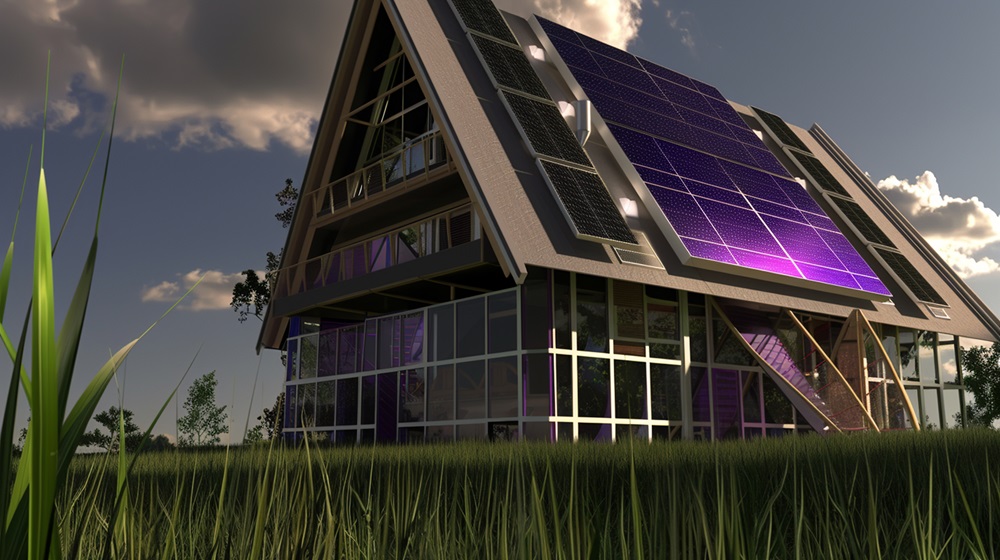Living in the Goldilocks Zone: Why These 12 States Shine for Solar
When it comes to solar energy, location matters. Some states provide the perfect conditions for solar installations, combining abundant sunshine, favorable policies, and optimal energy dynamics. These regions, known as Goldilocks Zones, are ideal for harnessing the power of the sun.
The Top 12 Goldilocks States for Solar Energy
- California – Year-round installations and a peak cooling season make it ideal for solar adoption.
- Arizona – High cooling costs and excellent solar potential make it a top candidate.
- Nevada – Increased cooling demand and strong solar performance support solar energy adoption.
- New Mexico – Consistent summer sunlight ensures energy savings through solar installations.
- Texas – Year-round installation feasibility paired with high cooling costs make this state suitable for solar.
- Florida – Minimal installation restrictions and increased cooling demand favor solar systems.
- South Carolina – High savings potential during the cooling season encourages solar adoption.
- North Carolina – Strong summer energy demand and available incentives support installations.
- Colorado – Summer climate and energy independence initiatives make this state conducive to solar energy adoption.
- Utah – Consistent summer sunlight and supportive policies drive solar installations.
- Georgia – High cooling costs and favorable summer conditions make it attractive for solar.
- Oklahoma – Optimal summer cooling conditions promote solar system adoption.
What Makes Goldilocks Zones Ideal for Solar?
Goldilocks Zones are locations where sunlight, energy dynamics, and supportive policies come together to optimize solar energy performance. The abundant sunshine in these regions allows solar systems to work at peak efficiency, generating clean energy that powers homes effectively. State and federal programs further enhance the feasibility of solar energy by making adoption more accessible.
How State and Federal Programs Support Solar Energy
In these Goldilocks Zones, state programs often provide essential support for solar installations. Many states
offer tax credits, rebates, and property tax exemptions, easing the process for homeowners to switch to solar.
On a federal level, the Solar Investment Tax Credit (ITC) promotes solar energy adoption by providing incentives that reduce initial barriers to entry. These programs work in tandem with state initiatives to create an environment conducive to solar energy success.
Maximizing Solar with Net Metering
Net metering is a transformative policy for solar adopters, especially in the Goldilocks Zones. It allows excess
energy generated by solar panels to be sent back to the grid in exchange for energy credits. These credits offset
energy usage when solar panels aren’t generating power, such as at night or during cloudy periods.
With thoughtful solar system designs, homeowners can generate additional power to consistently build energy credits. This ensures sufficient coverage during lower production periods, making solar energy a reliable and sustainable choice.
Looking Ahead: The Impact of Going Solar
Living in a Goldilocks Zone provides unique opportunities to embrace clean energy. Solar power not only reduces reliance on conventional energy sources but also promotes a more sustainable way of living. By optimizing net metering, leveraging sunlight, and adopting innovative system designs, homes in these states can fully realize the benefits of solar power while supporting a cleaner planet.
Ready to explore if solar is right for you?
Click Here to Schedule a free, no-obligation consultation with one of our experts today. Let’s work together towards a cleaner, more sustainable energy future.


